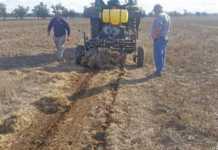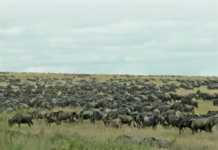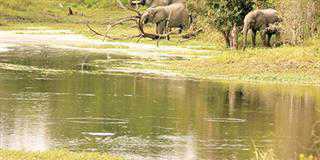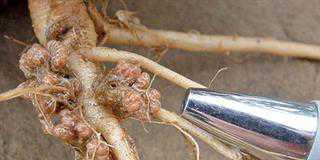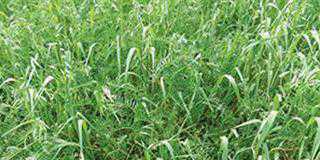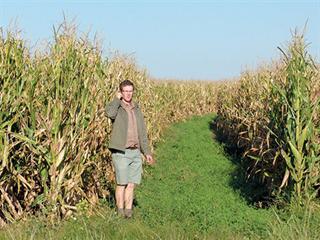
Dual cropping is an old, largely discarded farming practice where maize was grown in double rows to facilitate planting green winter feed in the pathways between the double rows. The practice, however, can be reintroduced after a simple modification: non-legume forage crops can be replaced with annual winter legume-based pastures. This can increase profits substantially. There are two advantages to legumes. They tend to be more nutritious than the forages traditionally planted in pathways, and they build biological soil fertility.
Australia leading the way
I find it hard to understand why South African farmers seem reluctant to follow the Australian system of building soil productivity. Like South Africa, Australia is arid, with erratic rainfall patterns. But Australians who farm in winter rainfall areas do a better job at countering the risk than we do. They take the long-term approach when it comes to building the biological fertility of their soils.
This is characterised by high soil humus levels and healthy earthworm populations. Australian farmers build soils by rotating legume-based pastures with grain crops in a six-year/four-year cycle – that is, pastures for six years followed by grain crops for four. They see this as a ‘one-business operation’ and don’t compare the profit they make from grain crops with those from pastures. It’s the profit/ha over a 10-year period that counts.
The high yield that farmers Down Under get from their grain crops – at relatively low input costs – are a result of a build-up of soil fertility during the pasture phase. For many years now, I’ve argued that farmers on the Highveld should use perennial legume-based pastures in rotation with maize and other summer grain crops on medium- and high-potential soils. Farmers tend to believe they make more money out of grain. But this is not necessarily the case. As I see it, they underestimate machinery depreciation and capital gain derived from the appreciation in the value of their herds and flocks.
Extra income from higher yield
Another factor often missing in profit sums is the extra income gained from higher yield on soils with improved biological fertility. Most farmers use gross margin (gross income less direct costs) to compare crops and pastures. Few boil the economics down to net profit/ha by deducting the overhead costs they allocate to each enterprise. If this is done, it radically changes a farmer’s perception of which enterprises he should focus on.
Take the case of a farmer with a maize yield of 5t/ha, for which he receives R2 000/t. His gross income is thus R10 000/ha. From this, he subtracts his direct production costs – say, R7 500/ha. His gross margin is then R2 500/ha. Let’s assume the total overhead cost allocated to maize amounts to R1 500/ha. The net profit is now R1 000/ha. Next, assume that by improving the biological fertility of the soil, the yield is increased to 5,5t/ ha. The farmer’s net profit increases by R1 000/ha. A 10% increase in yield has doubled his profit.
John Fair is a pasture consultant. He heads up Fair’s Biofarm Assist, and can be contacted on 058 622 3585 or [email protected].


